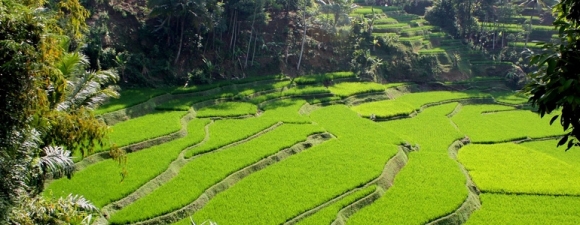Plucking sends out a signal by quorum sensing which leads to a surge of hair re-growth.

Have you ever pulled an annoying grey hair out? You probably noticed lots of grey hair appearing in the same place after a few days. Well, scientists believe this is not only true for grey hair, but also for other hair colors.
Pluck a hair, gain five
Researchers from the University of Southern California (USC) in the US reported this exciting finding in Cell. They found that selectively pulling hair leads to the appearance of dense hair re-growth. Could this make baldness a thing of the past? Maybe.
Researchers carefully extracted 200 hairs, one by one, in a specific configuration and density from the back of a mouse. This triggered five-fold growth, resulting in nearly 1,200 new hairs in the area. When a hair is pulled out, the hair follicles receive a skin injury that leads to an immune response, as the skin follicle releases distress signals via the release of inflammatory proteins such as Tnf-a. This leads to the regeneration of hair follicles as it sends a ‘help’ signal to the scalp which triggers a huge surge of re-growth.
Plucking patterns matter
The regeneration is mainly dependent on the pattern of the pluck. The researchers found that pulling 200 hairs from the back of mouse exceeding a 6 mm wide diameter area wouldn’t lead to a regrowth. However, plucking individuals hairs in circular areas between 3 and 5 mm, leads to a greater amount of hair re-growth: between 450 and 1,300 new hairs. The authors believed this was due to hair follicles communicating amongst themselves, a phenomenon known as Quorum sensing.
Basically, the hair follicles need to be located in close proximity in order to signal collectively as a group. Furthermore, plucking has to be closely packed together and must follow a pattern. Only under these circumstances can the follicles work together to give a stronger immune response and ultimately lots of new hair growth.
Great news for people whose hairlines are doomed!
Reference
Chen CC, Wang L, Plikus MV, Jiang TX, Murray PJ, Ramos R, Guerrero-Juarez CF, Hughes MW, Lee OK, Shi S, Widelitz RB, Lander AD, & Chuong CM (2015). Organ-level quorum sensing directs regeneration in hair stem cell populations. Cell, 161 (2), 277-90 PMID: 25860610
